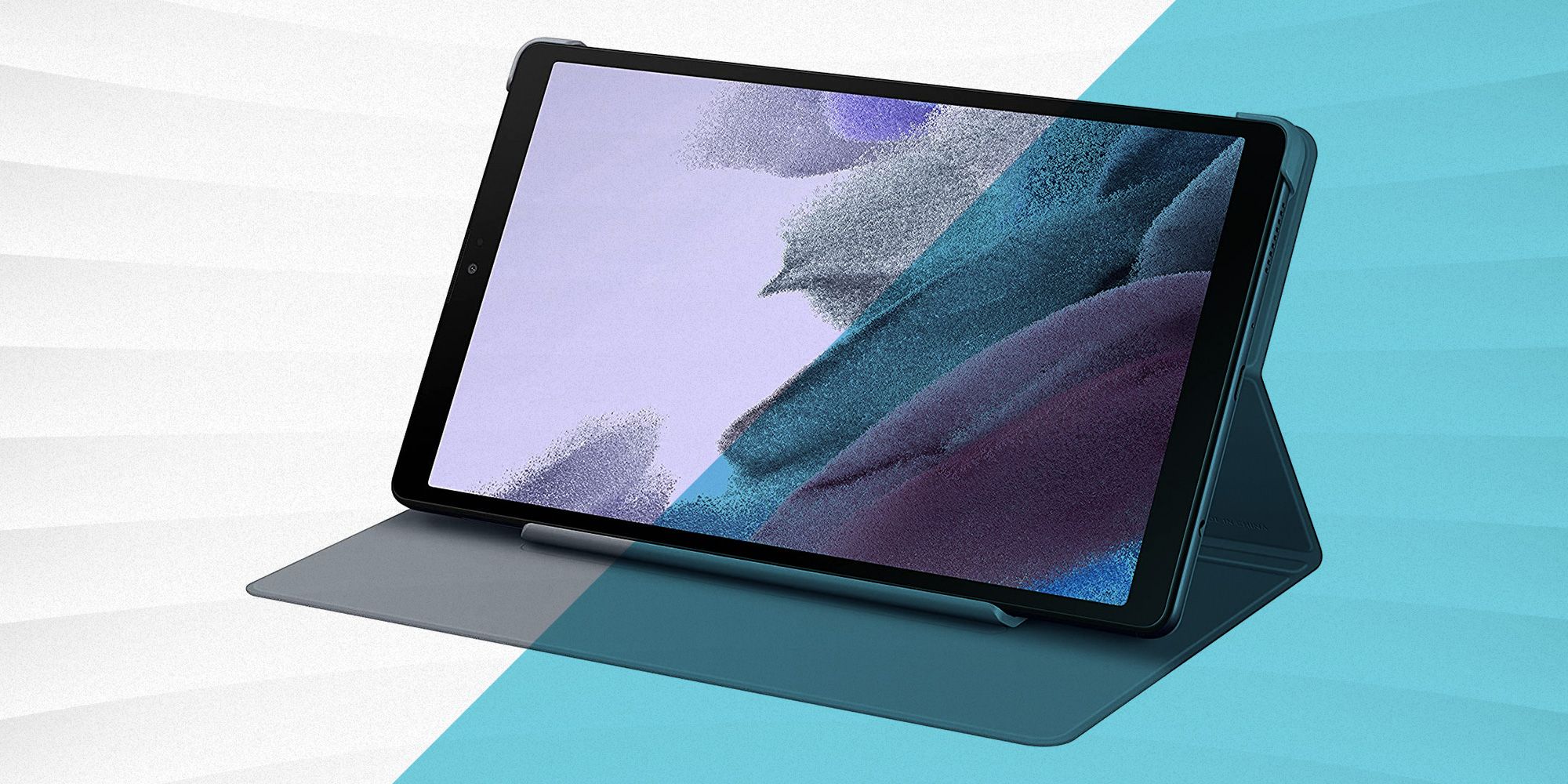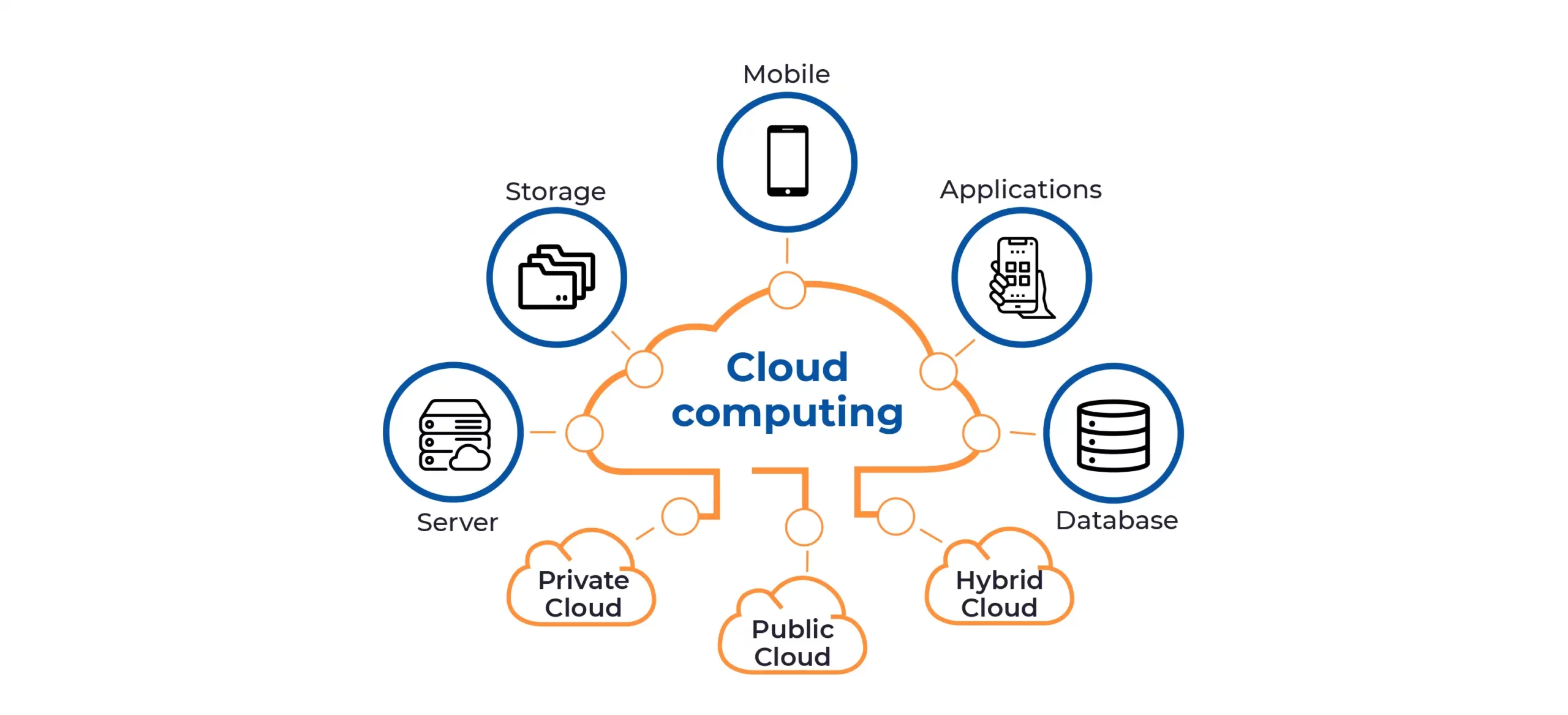Introduction
The world of technology has witnessed remarkable advancements in recent years, and one such innovation that has significantly impacted our lives is the tablet. Tablets have revolutionized the way we consume content, work, learn, and communicate. In this article, we will explore the fascinating journey of tablets from their humble beginnings to becoming powerful, portable computing devices. We’ll delve into their history, technological evolution, diverse applications, and the future prospects they hold.
I. Origins of Tablets
A. Early Concepts and Prototypes
The idea of a portable computing device dates back to the 1960s, where researchers envisioned a device that could be used for note-taking and digital drawing. Early prototypes and concept devices emerged in the 1970s, but it was not until the 1990s that the first commercially available tablet hit the market.
B. The First Commercial Tablet
In 2000, Microsoft introduced the “Microsoft Tablet PC,” which ran on Windows XP. While it didn’t gain immediate popularity, this device laid the foundation for future tablet designs and operating systems.
II. The Rise of Consumer Tablets
A. The iPad Revolution
The real breakthrough in the tablet market came in 2010 when Apple unveiled the first-generation iPad. This slim, touch-screen device captured the imagination of consumers worldwide and kick-started the tablet industry. We’ll explore the key features that set the iPad apart and how it led to a surge in demand for tablets across various demographics.
B. Android and Competing Operating Systems
As the popularity of tablets grew, competitors began to enter the market with Android-based tablets. Google’s open-source Android OS allowed manufacturers to create a wide range of devices with different form factors and features, fostering healthy competition and driving innovation.
III. Technological Advancements
A. Retina Displays and Screen Technology
The evolution of tablet displays has been one of the most significant technological advancements. Retina displays and other high-resolution screens have enhanced visual experiences, making tablets ideal for multimedia consumption and gaming.
B. Processing Power and Efficiency
Tablets have become powerhouses in a compact form factor. Advances in chip technology, such as the development of faster processors and energy-efficient designs, have transformed tablets into capable devices for productivity, gaming, and other resource-intensive tasks.
C. Connectivity and Networking
With the proliferation of 4G LTE and the advent of 5G networks, tablets have become even more connected, allowing users to access information, stream content, and communicate on the go seamlessly.
IV. Diverse Applications
A. Tablets in Education
The education sector has embraced tablets as valuable tools for interactive learning. We’ll explore how tablets have transformed classrooms, facilitating personalized learning experiences and opening up new opportunities for remote and online education.
B. Tablets in Business
Tablets have found extensive use in various business environments, enabling mobile productivity and enhancing customer interactions. We’ll delve into the applications of tablets in industries like retail, healthcare, logistics, and more.
C. Entertainment and Gaming
Tablets have become go-to devices for entertainment, from streaming movies and shows to mobile gaming. We’ll discuss how tablets have shaped the digital entertainment landscape and impacted the gaming industry.
V. Challenges and Limitations
A. Competition and Market Saturation
The tablet market has become increasingly competitive, with numerous manufacturers vying for consumer attention. We’ll explore the challenges faced by tablet makers in staying ahead of the competition and meeting evolving consumer demands.
B. Battery Life and Sustainability
Despite improvements in battery technology, battery life remains a crucial concern for tablet users. Additionally, the electronic waste generated by discarded tablets poses environmental challenges.
VI. The Future of Tablets
A. Foldable and Flexible Displays
Foldable and flexible displays hold the potential to redefine the tablet form factor, offering increased portability and versatility. We’ll explore the latest advancements in this area and their implications for the future of tablets.
B. Augmented Reality (AR) and Virtual Reality (VR)
The integration of AR and VR technologies into tablets opens up exciting possibilities for immersive experiences in gaming, education, and various industries.
Conclusion
From their humble beginnings as digital notepads to becoming indispensable computing companions, tablets have come a long way. These versatile devices have transformed the way we work, learn, and entertain ourselves. With continuous technological innovations on the horizon, the future of tablets looks promising, promising an even more transformative impact on our lives.



